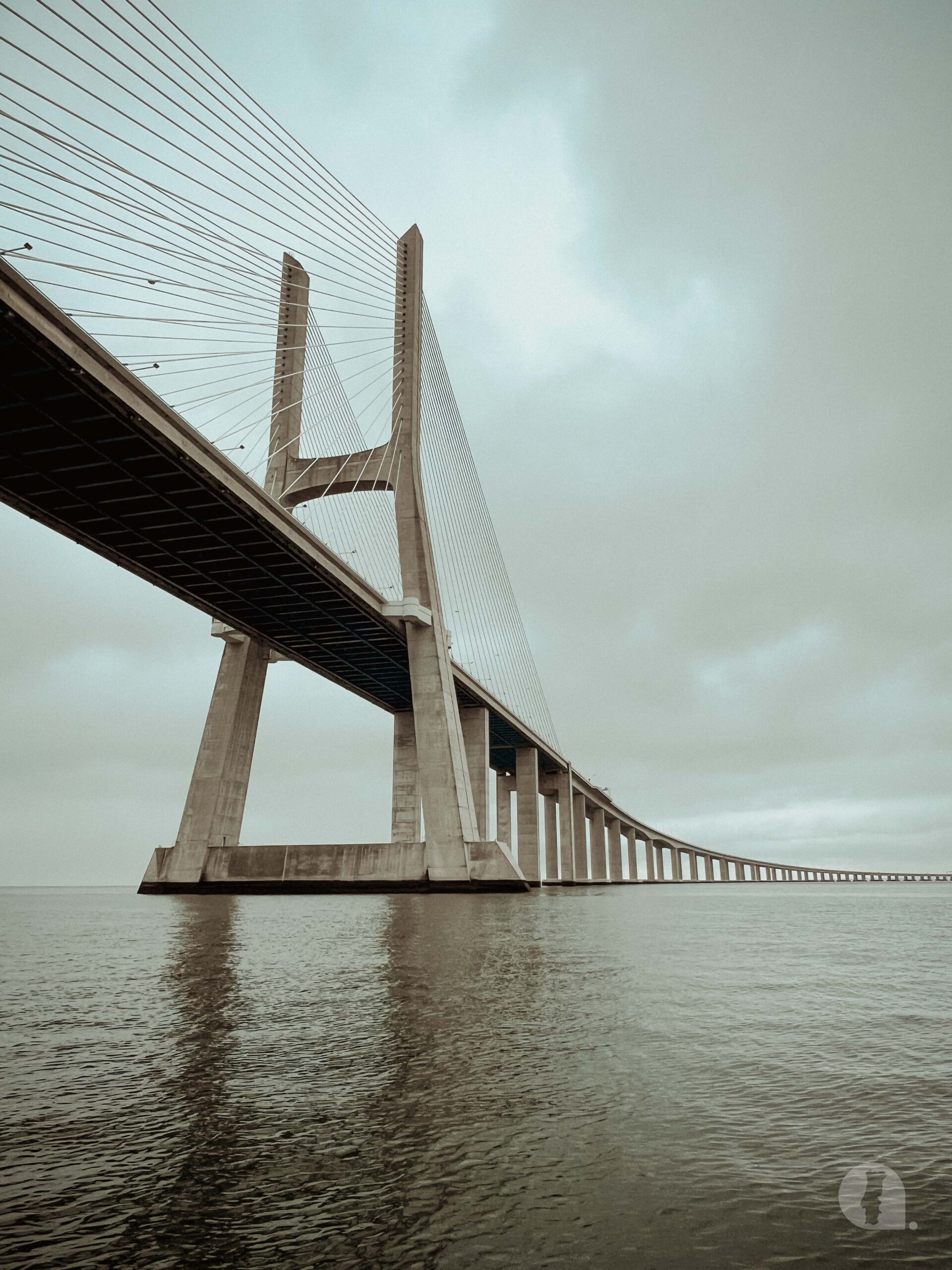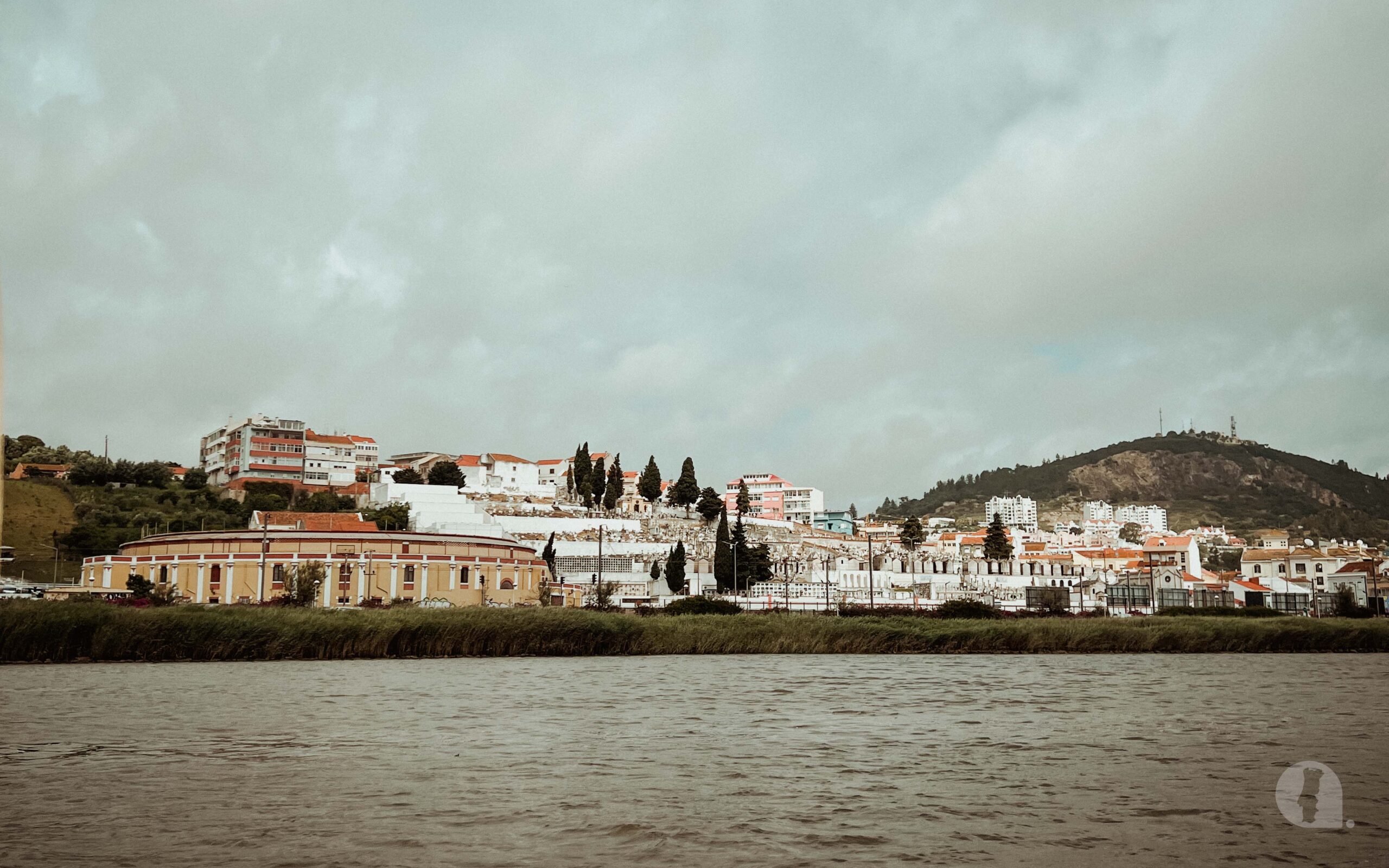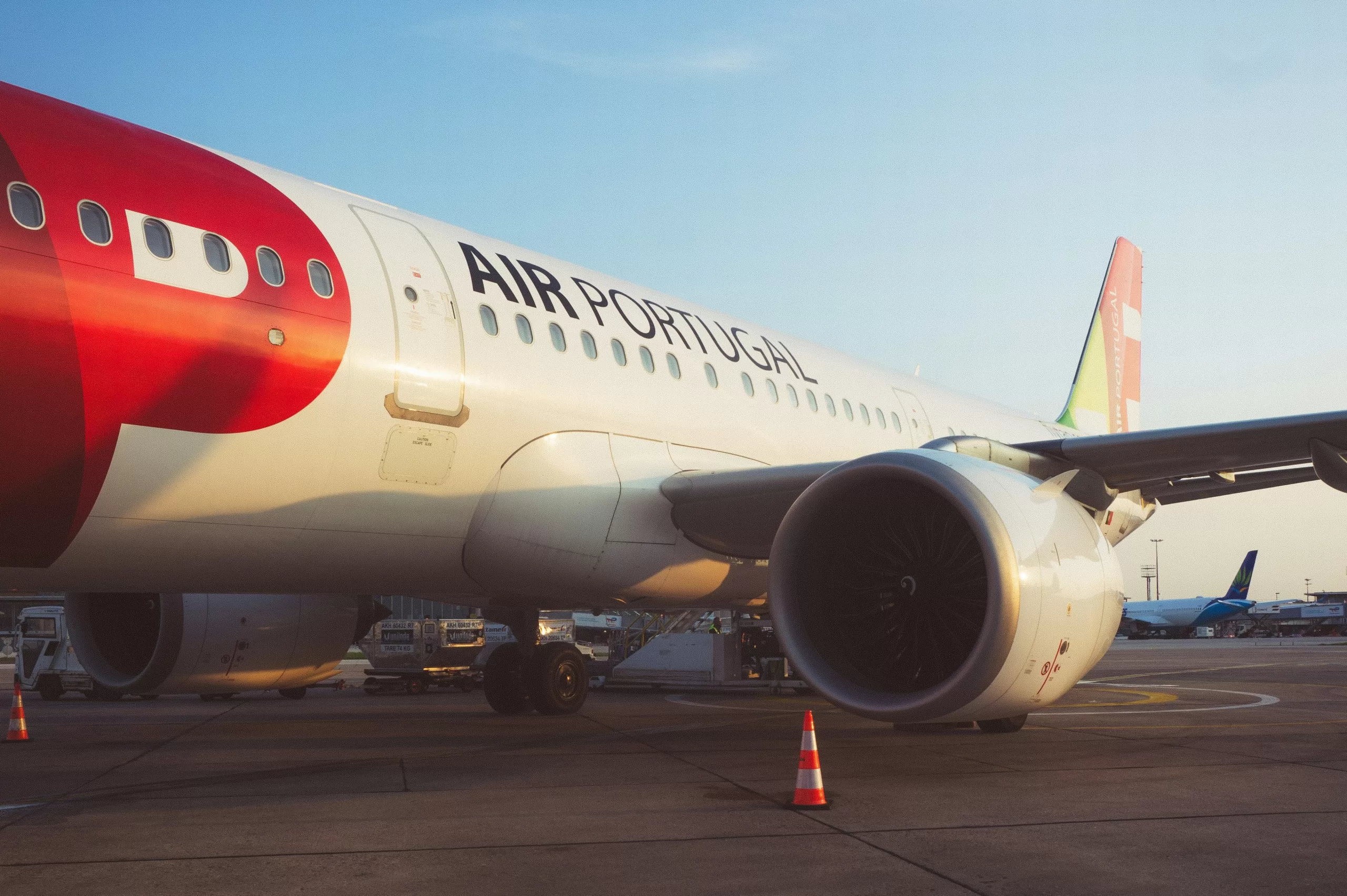Using a car is a staple of modern culture, due to the sense of freedom it provides us. With it, we can cover long distances. In the case of Portugal, you can travel across the entire country in a single day. However, driving in a different country can be a daunting task. Before you drive, I have prepared a small article to help you with the process of renting a car and driving in Portugal.
Before Renting
The first thing to consider is your itinerary. Ask yourself these questions:
• What places will I be visiting?
• Do I really need a car to access those locations?
• Are there any other alternatives within my budget?
As a rule of thumb, I discourage people from driving in Porto and Lisbon. The big cities are already very congested, and driving will be a stress factor – something you’re probably trying to avoid while on holiday. Public transportation is good in these cities, and taxis and Uber are very common. Particularly for Porto, all major attractions are within walking distance.
Outside of these two cities, that’s when a car starts making more sense. Keep in mind when renting a car, you must pay the rental, gas, and tolls.
If your goal is to go from A to B, consider alternatives: Bus, Train, or even flying (particularly between Porto and the Algarve).
However, if you want to explore locations along your route – and there isn’t public transportation to get you there, renting a car or hiring a driver/guide might be a better option. Read more about the differences between a driver and a guide here.
What Car to Choose?
Remember that Portugal is a small and old country, with sometimes small and narrow streets, and small parking spaces. Consider also how many persons will be in the car and their respective luggage. Having said this, here’s my recommendation: Rent the smallest possible car that meets your requirements, and you feel comfortable in.
Car Rental Companies
This is a highly subjective topic, as all of them have their pros and cons. When things go well, you don’t hear about it; but when things take a less-than-ideal turn, negative reports tend to be exacerbated comparatively to the positive ones. However, it’s always good to have someone to help you with renting a vehicle.
Insurance. Yes or No?
With your rental, you already have 3rd party liability insurance, as it is mandatory, by law, in Portugal. If you plan on using the car for multiple days and want to have peace of mind while exploring the country, I will say yes to full coverage.
Car rental companies won’t hold onto their cars for long and fleet rotation happens frequently. So, when selling their cars, they are very picky about defects, dings, scratches, and curb rash. If you hire their insurance with full coverage, they won’t ask questions, but if you damage the car, they will ask for a settlement to repair the incurred damages.
You can read more car rental tips here.
Picking Up Your Rental
There are a few things to do when picking up your car, but you must be thorough about them. Here’s the list – I recommend doing a copy/paste to your phone notes of this list (or even the entire article).
- Inspect the car visually. Take pictures of all sides of the car.
- Take close-up pictures of any defect (scratch, ding, paint, windshield crack, no matter how small). Demand to have those defects put into writing on the rental sheet agreement as pre-existing defects.
- Make sure the doors, windows, and trunk are operating normally.
- Confirm the fuel type the car uses:
- Unleaded (Sem Chumbo in Portuguese) – you can use either Simples or Aditivado, 95 or 98. This number refers to the octanes of the fuel, which relates to the efficiency. These use the green nozzles.
- Diesel (Gasóleo) – Can be Simples or Aditivado (same as Unleaded). These have black or yellow nozzles. These “additives” are meant to lower emissions, increase performance, and extend the engine lifespan.
- Electric / Plug-in Hybrid – more details at the end.
- Make sure the car comes with the Triangle and Reflector Vest – mandatory by law; jack and spare tire (optional).
- Via Verde Transponder – it’s now commonplace, but always double-check. This will automatically pay for the tolls and some parking. The rental car company will forward you the bill at the end of the rental period.
Driving in Portugal
It’s time to hit the road! So here I’ll detail a few good practice items, as well as a few road signs that might cause a bit of confusion. I’ll start by prefacing this section by stating Portuguese drivers can be a bit impatient on the road and like to drive fast (not necessarily within the speed limits). So, good practices on the road:
- Stick to the right lane as much as possible. The left (and sometimes central) lane is just for passing/overtaking.
- Drive up to the speed limit (120km/h on highways, 50km/h inside the cities and villages) – you’re on vacation after all, no point in rushing.
- Via Verde lanes – to pay for tolls with the transponder – are on the left. Plan this change of lane a bit in advance.
- Some roads also have automatic tolls. You won’t see these, but the transponder will “beep” every time you pass one of these automatic tolls.
As for the road signs, here are some general rules:
- Round signs mean obligations. Square or rectangular signs mean information or recommendation.
- Blue round signs are obligations.
- Red round signs (or with a red edge) mean “forbidden”.
- Triangular signs (white with a red edge) warn of danger ahead. The type of danger is specified by a pictogram inside the triangle.
- Navigation – Don’t use the onboard GPS. Google Maps or Waze are much better options. Take into consideration the width of the car when driving up through small villages.
Here is a recap of all road signs.
Motorhomes (Autocarvanas)
Motorhomes (or RVs) are an entirely valid option for a different kind of vacation. Your vehicle and accommodation are the same and the same advice is applicable. During the day you can drive up to the attractions and locations, but at the end of the day, you can only park & sleep in certain locations: the Motorhome parks (Parques de Autocaravanas) or Campsites (Parque de Campismo) – Portugal is very regulated in this regard. To find these locations, just type the Portuguese expression on Google Maps, in the general area you’d like to stay.
EVs – Electric Vehicles
As an EV user myself, and because an increasing number of persons have been asking for it, here is my take on it.
The one-stop shop for EVs in Portugal is an app you can download onto your phone – look for “Miio” on the App Store or Google Play Store. With this app, you can create an account, add funds to it to charge your EV, and find & activate the public charging stations on the map. With this one app, you can access all EV chargers in Portugal, have a sense of their real-time status (free, in use, or unavailable), and the setup process is very straightforward.
For public charging you will be billed by the kWh you are charging, as well as the time you are plugged into the charger – so never leave your car plugged in on a fast (L3) charger past 80%. This is the point of diminishing returns. On a slow (L2) charger, you can charge up to 100%, as these are used when you park the car for an extended period (overnight or when touring a city/location for the day) but unplug & move your vehicle as soon as your charging session is done. Use the Miio App to start and end a charging session.
In Portugal – as well as all of Europe – the charge plug is standardized across all vehicles. It’s known as the “Type 2” for AC charging, and “CCS-2” for DC fast charging (basically a Type 2 with two additional prongs for DC charging). Your car should come with a Type 2 cable for public AC charging. For DC Fast Charging, the cable is attached to the charging station.
Looking for information regarding Car Insurance? Check out this post.
Sérgio Costa
Link to Original Post.






